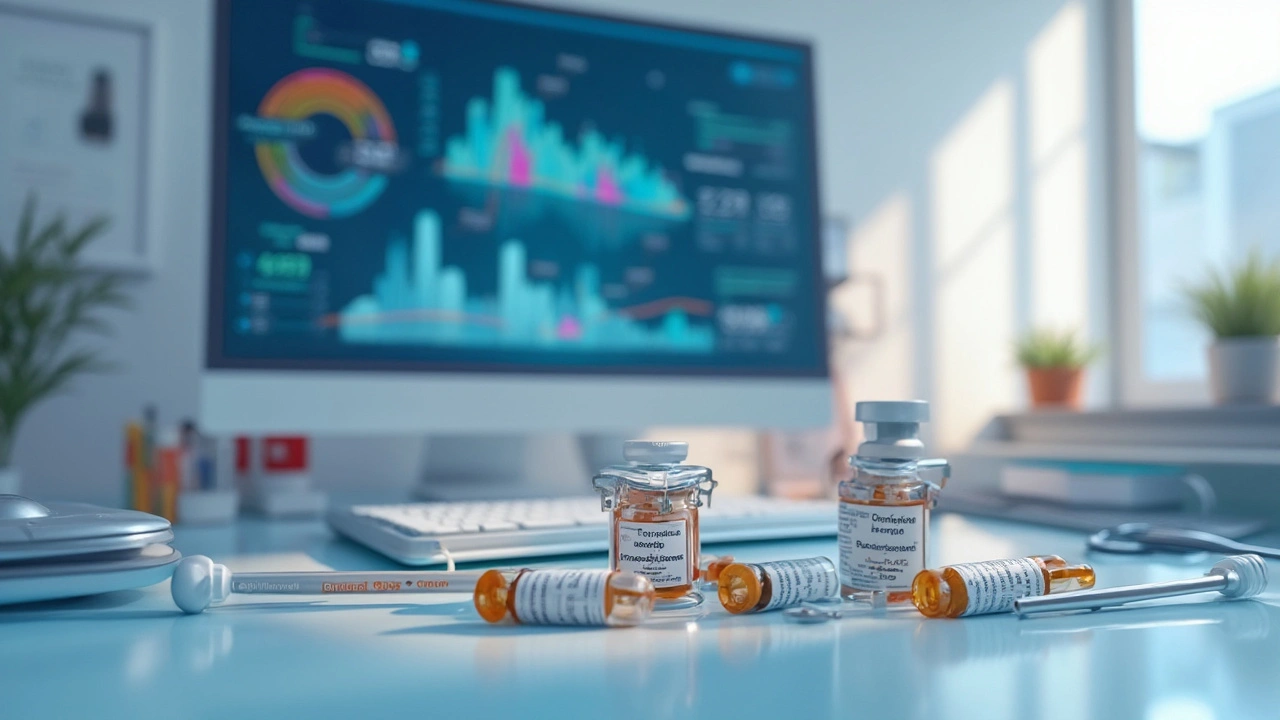If you’re worried about steroid side effects or need something your body tolerates better, there are real options. Depending on the condition — eczema, asthma, arthritis, or skin rashes — alternatives range from non-steroid creams to newer biologic drugs. Below I’ll walk through choices you can discuss with your clinician and what each one does.
For eczema or mild psoriasis, try non-steroidal topicals first. Calcineurin inhibitors like tacrolimus and pimecrolimus reduce inflammation without thinning skin. A PDE4 inhibitor, crisaborole, eases itch and inflammation for many people with mild-to-moderate eczema. Emollients and barrier repair creams should be the daily base — they cut flare-ups and let you use weaker medicines less often.
Phototherapy (narrowband UVB) is a good steroid-sparing option for widespread or stubborn rashes. It’s done at a clinic and can clear skin when creams aren’t enough. For localized thick plaques, newer non-steroid treatments like topical retinoids or salicylic acid can help remove scale and improve absorption of other meds.
When oral or injected steroids would be the usual step, there are alternatives depending on the disease. For autoimmune and inflammatory conditions, disease-modifying drugs (DMARDs) such as methotrexate, azathioprine, or mycophenolate can control inflammation long-term and lower steroid needs. These drugs need monitoring but are effective for many people.
Biologic therapies target specific immune signals. For severe eczema, dupilumab blocks interleukin pathways and often reduces or eliminates steroid use. In rheumatoid arthritis or psoriasis, TNF inhibitors, IL-17, or IL-23 blockers work as steroid-sparing choices. Biologics are more expensive and need specialist oversight, but they can change the treatment course.
For asthma, inhaled corticosteroids are standard, but alternatives exist. Long-acting bronchodilators (LABA), leukotriene receptor antagonists (montelukast), and biologics (omalizumab, mepolizumab) can reduce the need for repeated oral steroid courses. Allergy control, smoking cessation, and avoiding triggers also cut steroid use.
Non-drug measures matter. Weight loss, physical therapy, targeted exercises, and joint injections (hyaluronic acid or steroid-sparing agents) help chronic joint pain. For skin, strict soap-free cleansing, fragrance-free moisturizers, and stress management reduce flares.
Talk to your doctor before stopping steroids or starting alternatives. Some treatments need tests, monitoring, or specialist access. But if you want fewer steroid side effects, there are practical paths to try, and many patients move to a safer long-term plan with the right mix of therapies and lifestyle changes.

Prelone, a commonly prescribed corticosteroid, has various alternatives that may offer distinct advantages for specific health needs. Each alternative offers unique benefits and certain limitations, which may influence their suitability for different patients. By exploring alternatives like Dexamethasone, Prednisone, and Methylprednisolone, among others, individuals can find options that align better with their treatment goals and side effect tolerance. Together, these medications provide a diverse toolkit for healthcare providers working to optimize individualized patient care. Understanding these options allows patients to choose the best fit for their medical requirements.
CONTINUE READING